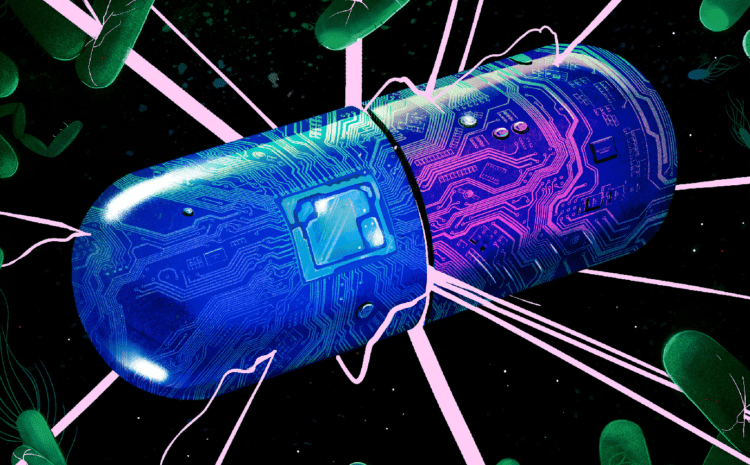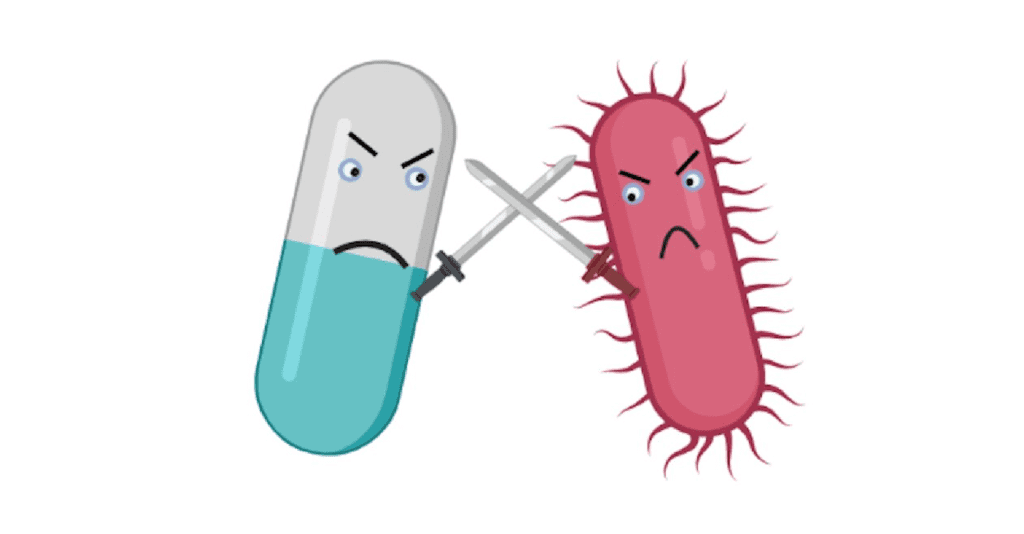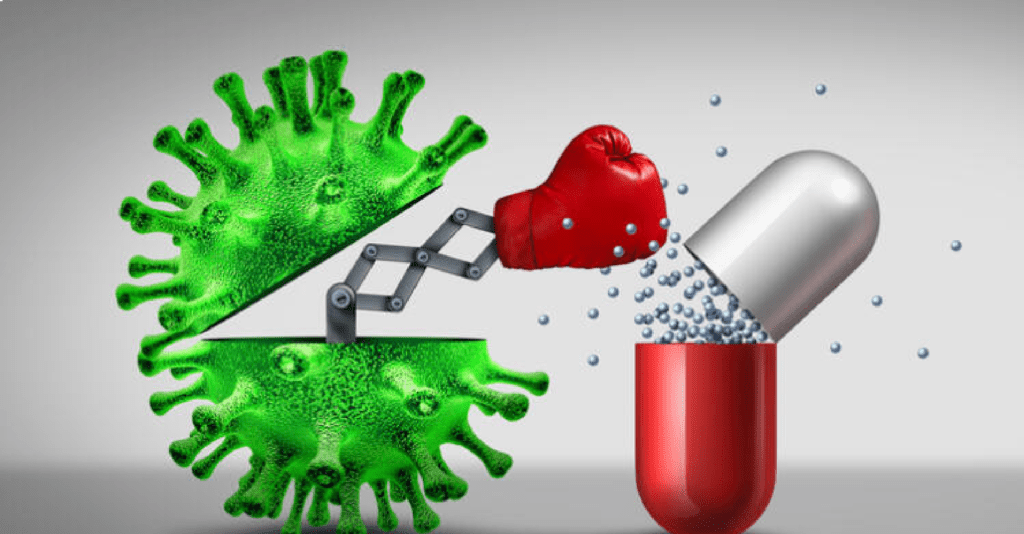
Antibiotic Resistance, a Concern for Human Health.
Essential drugs for treating bacterial infections in people and animals are antibiotics. Antimicrobial resistance (AMR), another name for the emergence of antibiotic resistance, is a serious problem. Antibiotic-resistant bacteria make infections more difficult to treat, which raises the expense of healthcare, lengthens hospital stays, and increases fatality rates.
Although attempts are being made to limit the rate of antimicrobial resistance, it is difficult to stop it entirely. Many microorganisms, including viruses, bacteria, parasites, and fungus, change over time to withstand the effects of medications meant to eradicate them. Treatments become less effective or perhaps unsuccessful as a result of this adaptation.
As new resistant strains appear and spread around the world, the prevalence of antibiotic resistance is alarmingly high globally. Complications such as pneumonia, TB, blood poisoning, gonorrhea, and foodborne illnesses become more difficult to cure and often are untreatable as a result of this tendency. Future infections and minor wounds that were previously curable could become deadly dangers to human life if prompt action is not taken. The processes by which these microbes acquire resistance are a subject of active research as scientists look for ways to comprehend and combat them.

Antibiotic Use
When it comes to treating bacterial infections or avoiding secondary infections that could result from viral illnesses, antibiotics are essential. They function by either eliminating germs or preventing their growth and dissemination. It’s crucial to understand that antibiotics cannot treat viral infections. Although certain bacterial infections may resolve on their own without the use of antibiotics, they are only intended to treat bacterial infections. Antibiotics are frequently needed for life-threatening conditions like pneumonia and sepsis, the body’s severe reaction to infection. Furthermore, infections are more common in high-risk populations, such as those undergoing surgery, those with end-stage kidney disease, and those undergoing cancer therapy.
Antibiotic resistance is a serious issue that is mostly caused by overuse of antibiotics, prescribing antibiotics when they are not the right treatment, and stopping medication too soon. A third of antibiotic use is considered unnecessary or improper, per a CDC analysis. Antibiotic overuse happens when prescriptions are written without a clear indication, like when a doctor is unsure if a patient has a viral or bacterial infection or is waiting for test results. In these situations, blind prescriptions for second- or third-generation antibiotics may be given. For example, while medications are necessary for treating streptococcal throat infections, most sore throats are caused by viruses or other factors that are not efficiently treated by antibiotics. In spite of this, people frequently seek antibiotics for sore throats, and physicians occasionally give them on the defensive. The issue of antibiotic resistance is becoming worse as a result of this abuse.
Superbugs
Superbugs are strains of bacteria, viruses, parasites, and fungi that refuse to respond to most antibiotics and other drugs that are prescribed for medical conditions. The incorrect and overuse use antibiotics is blamed for the emergence of superbugs. Antibiotic misuse, whether from overuse or improper administration, exposes the pathogenic bacteria to more exposure, which forces them to adapt in order to live. Antibiotics have become less effective in recent years due to their improper and widespread use, which has aided in the rise of superbugs. Clostridium difficile and MRSA (methicillin-resistant Staphylococcus aureus) are two examples of these antibiotic-resistant microorganisms.
Penicillinase-resistant penicillins work by interfering with the formation of bacterial cell walls, namely peptidoglycans, which create a structure like a mesh that fortifies the cell wall. The bacteria burst and die as a result of this process. The three main penicillins that are resistant to penicillinase in the US are dicloxacillin, oxacillin, and nafcillin. Previously available in other countries or in the past, methicillin, cloxacillin, and flucloxacillin have been linked to a number of adverse effects, including liver damage. Penicillinase-producing staphylococci that are still susceptible to these antibiotics are typically the source of moderate-to-severe infections that are treated with dicloxacillin, oxacillin, and nafcillin.
Penicillinase-resistant penicillins
Second-generation penicillins, also referred to as penicillinase-resistant penicillins, are created by semisynthetically modifying natural penicillins to give them resistance to the bacterial enzyme beta-lactamase. One of the main causes of the widespread penicillin resistance in bacteria is beta-lactamase. The mold Penicillium chrysogenum is the source of the more potent natural penicillins, which form the basis of second-generation penicillins. A beta-lactam ring and a thiazolidine ring make up their fundamental structure. Penicillin’s beta-lactam ring is broken down by the enzyme beta-lactamase, which makes the medication ineffective. The foundation of bacterial resistance to penicillins is this mechanism. Penicillinase-resistant penicillins continue to be effective against resistant forms of bacteria by preventing the bacterial enzyme from degrading the beta-lactam ring.

E-coli sensitive antibiotics
The first line of treatment for E. Coli infections is frequently fluoroquinolones, like levofloxacin or ciprofloxacin. Azithromycin is also frequently used to treat infections caused by E. coli that have spread. The three antibiotics that have been found to be the most effective are nitrofurantoin, imipenem, and ertapenem.
The research project “Antimicrobial susceptibility patterns of E. coli from clinical sources in northeast Ethiopia” examined 3,149 samples for antimicrobial susceptibility, identification, and bacterial isolation between 2003 and 2010. Of the samples, 446 samples (or 14.2% of the total) had E. coli found in them. E. coli was found in 203 (45.5%) urine samples, 146 (32.7%) ear discharge samples, 82 (18.7%) wound swabs, and 15 (3.3%) ocular discharge samples among the positive cases.
Antibiotic Policies
The three primary tenets of the antibiotic policy are experimentation, final treatment, and prevention. Comprehensive protocols for managing particular high-risk or specialty populations should be included, such as patients with compromised immune systems, patients with hospital-acquired illnesses, and patients with infections acquired outside of hospitals.
The primary objective of the hospital’s antimicrobial policy is to decrease the amount of infections and fatalities that are associated with drug-resistant microorganisms. Stopping the general escalation of drug resistance is another crucial objective.
Prevention of antimicrobial resistance
A quick change in the worldwide prescription and use of antibiotics is desperately needed. Antibiotic resistance poses a serious concern even with the discovery of new medications unless there is a fundamental shift in mentality. Modifications in behavior ought to encompass aspects like immunization, hand washing, healthy sexual behavior, and maintaining food cleanliness.
The Drugs and Cosmetics Rule, 1945 was amended in 2013, resulting in the introduction of a new Schedule H1, which contains 46 medications, including anti-tuberculosis medications, third- and fourth-generation antibiotics, and certain potentially addictive medications. The goal of this addition is to tightly control how these medications are sold. Only certain circumstances allow the dispensing of Schedule H1 medications, which means that at the time of dispensing, the patient’s name, the drug’s name, and the given quantity must all be recorded in a special register together with the prescriber’s information. These documents are liable to random inspections and must be kept on file for three years.
Antibiotic resistance is more likely to start and spread in humans and animals when antibiotics are readily available over-the-counter. Doctors and veterinarians are among the health professionals who frequently prescribe excessive antibiotics in areas where normal treatment recommendations are not available. It is feasible to stop the development of antibiotic resistance by only utilizing antibiotics under the supervision of licensed healthcare providers. When taking antibiotics, it’s important to follow your doctor’s or nurse’s instructions.
The creation of effective control techniques has been made more difficult by the rise of superbugs and the pervasiveness of antibiotic resistance in numerous environmental sectors. At the international, national, and local levels, coordinated efforts are needed to combat antimicrobial resistance (AMR). Limiting the use of antibiotics to necessary situations, banning the sale of over-the-counter antibiotics, boosting hand cleanliness, and advancing infection prevention and control procedures are all crucial steps. It is essential to have a thorough grasp of resistance mechanisms and to investigate cutting-edge strategies for the creation of new medications and vaccines. Collaboration and cooperation between regulators and experts from various sectors are essential for efficiently combating antimicrobial resistance (AMR).



